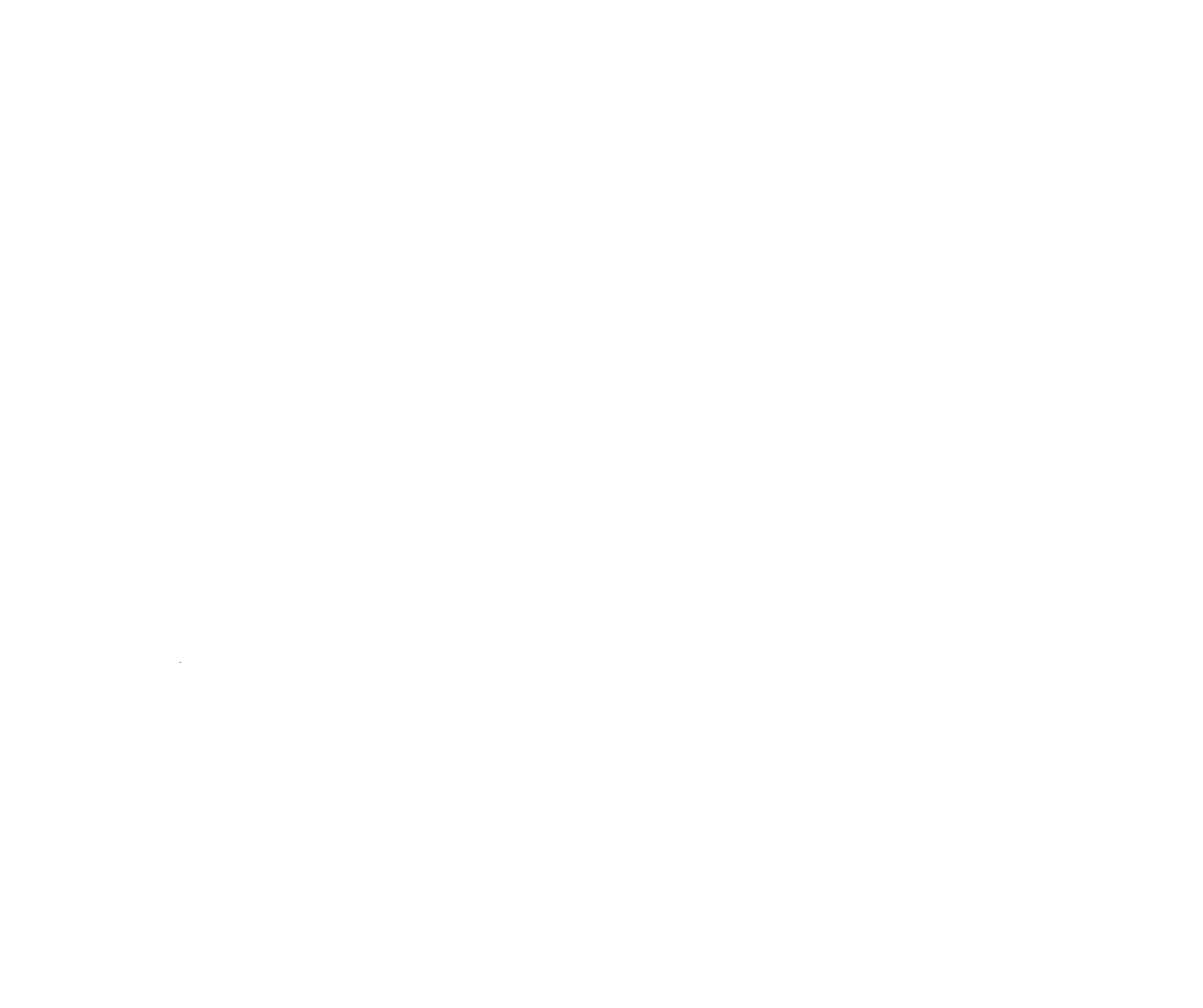
Conditions
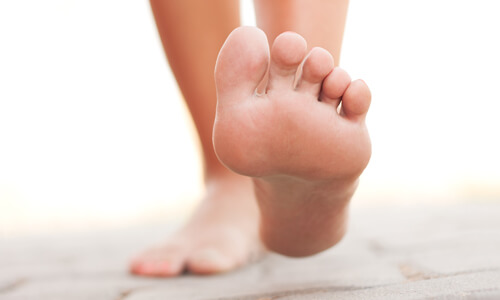
Heel Pain
Heel pain affects up to 1 in 10 Australians and is by far the most common foot condition we treat at Base Podiatry. There can be a number of causes of heel pain. The cause of heel pain is quite varied, ranging from plantar fasciosis, fat pad contusion, bursitis and heel spurs. Symptoms can also vary and cause a wide range of problems. From pain first thing out of bed in the morning or after sitting, dull achy pain during the day to sharp pain with increase activity.
Read more
Bunions
Bunions (Hallux Valgus) is a common complaint seen at Base Podiatry. The change in big toe position, associated pain, difficulty fitting into shoes and the overall look are often catalysts for people to seek advice for their bunions. It can exist in one or both feet and is commonly seen across the generations within families.
Read more
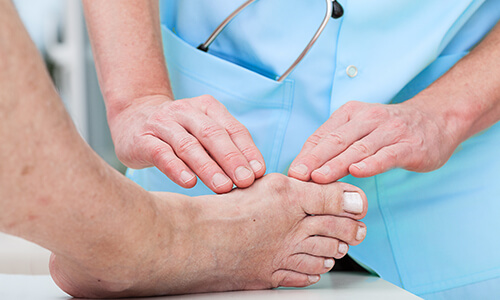
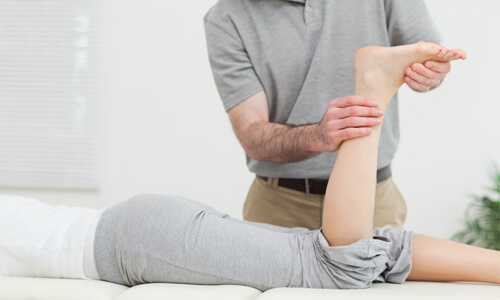
Achilles Tendonopathy
The Achilles tendon is the thick tendon behind your ankle. It attaches to the calf muscles which are responsible for ankle movement. The Achilles can become injured for a number of reasons and a number of areas. The insertion, the tendon sheath and the tendon itself can become injured through
Read more
Mortons Neuroma
Mortons Neuroma is a painful condition of the nerves in the ball of the feet, most commonly between the 3rd and 4th toes. The metatarsal nerve becomes swollen and compressed between the metatarsal bones. Bursitis is often present as well and increased the level of swelling and nerve compression.
Read more
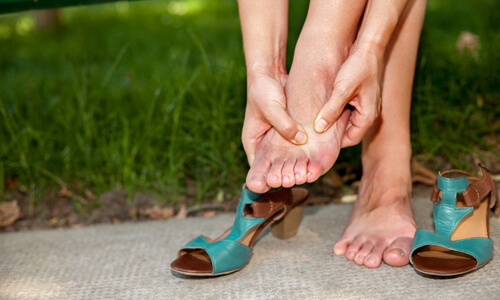

Plantar Plate Tear
A plantar plate injury is another common condition seen at Base Podiatry. The plantar plate is a thick ligament that attaches to the underside of each toe where the toe attaches to the foot (ball of the foot) Pain and swelling develops under the foot and patients often complain of a feeling like walking on a stone or coin all the time. The plantar plate ligament becomes strained and the toe begins to dislocate on the metatarsal. This causes the toe to extend up and sit up off the ground. The ligament gradually gets weaker and may eventually rupture.
Read more
Ingrown Toe Nails
Ingrowing toenails develop for a number of reasons. Incorrect nail cutting, tight or inappropriate footwear or direct trauma. There are people that have a tendency to develop painful ingrowing toenails due to their family’s nail shape (hereditary).
Treatment for ingrowing toenails can be conservative, involving reduction of the offending nail edge/spike and packing the side of the nail to aid correct growth.
Read more
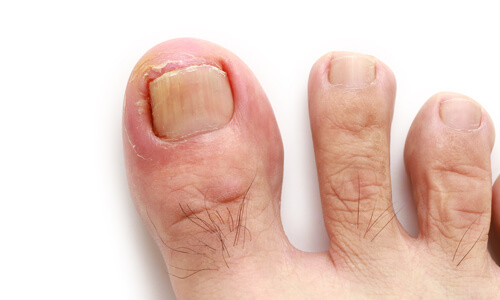

Skin and Nails
CALLOUS AND CORNS
Callous and corns are different forms of thickened dry skin that occur due to friction or direct pressure. They both often signs of issues like poor foot mechanics, tight shoes and joint abnormalities.
Read more
Diabetes and Feet
Foot health checks are an important part of managing your diabetes. So why is this important and what’s involved?
Read more


Kid’s Feet
The bones are softer which ossify and grow as your child develops into a teenager and adult. The foot is protected by a large fat pad and is highly flexible. Most toddler’s foot posture is often flatter as the ligaments and tendons are not yet fully developed. Children generally start walking from 8-18 months. Consult with Base Podiatry for any concerns you may have about your child’s foot posture or gait.
